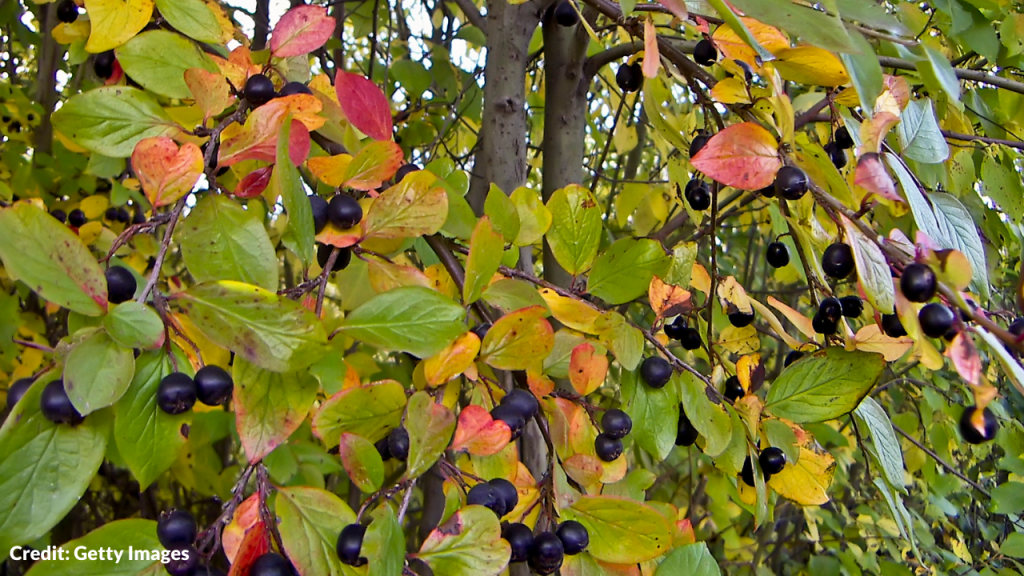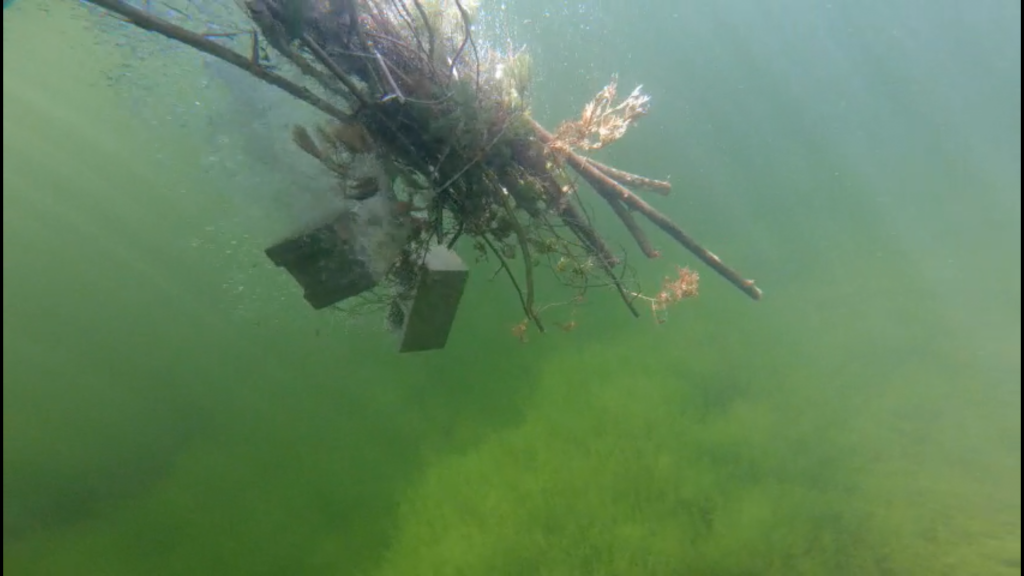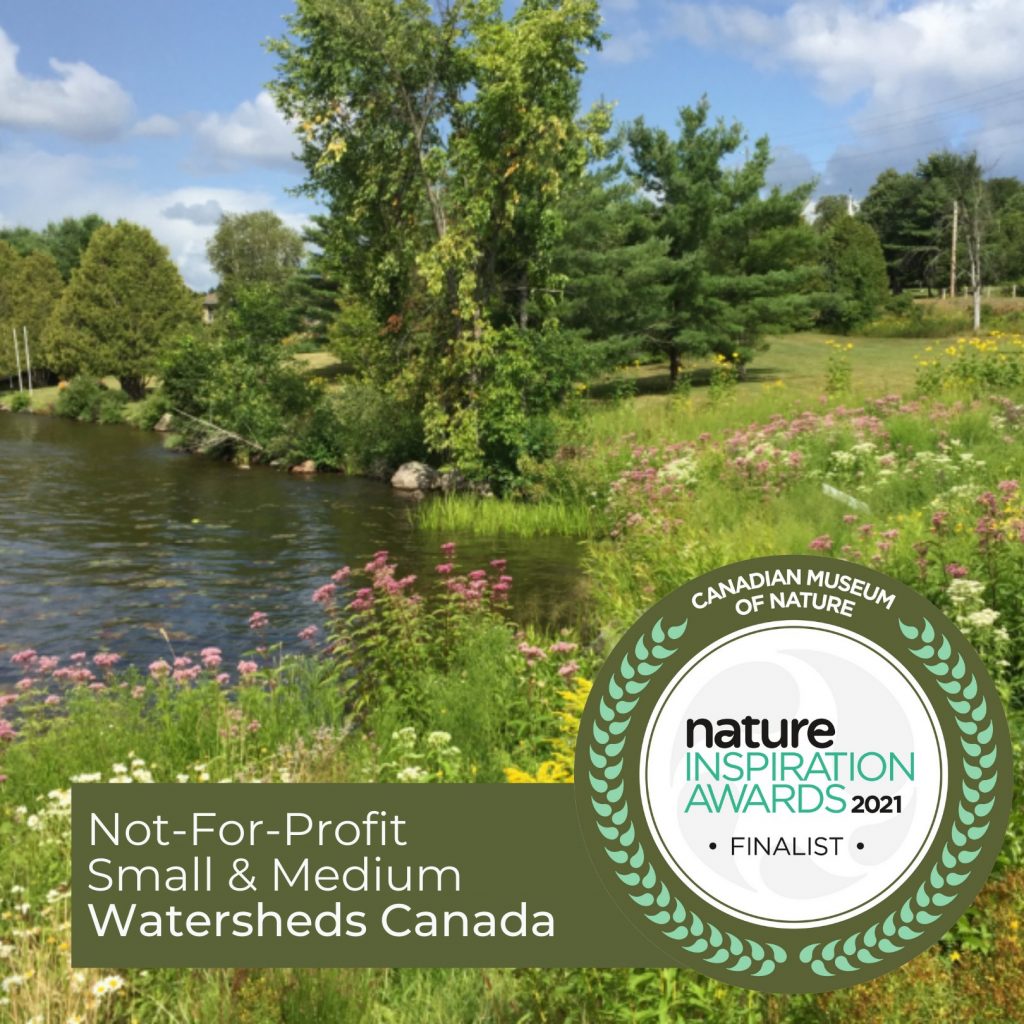We often talk a lot about pollinators as a general grouping of insects we see in our gardens and hear about on the news. Recently, there are major concerns about the health of honeybee populations in North America and how a decline in pollinators has many severe implications. Aside from honeybees, there are about 800 other species of bees in Canada, and as well as countless other species of butterflies, moths, beetles, and hummingbirds that are considered pollinators. Today we want to get to know some of Canada’s lesser-known pollinators!
But first, an important side note. Bats are a critically important pollinator in North America, but not present in Canada as a pollinator. Supporting Canadian bat species is still important to maintaining a well balanced ecosystem. However, if you like tequila or mizcal, you should especially care about bats as pollinators in other countries!
Bees
As bees are the most common and important pollinator (with over 800 species in Canada), let us get to know a native species found across Canada. The Mining Bee does indeed mine, or burrow, into the ground to make a nest and raise its young. These bees are only active in the springtime, which is why historically they were believed to be the original primary pollinator of native fruit trees and other food sources. Typically, they are a fuzzy rust colour, and they are docile with their sting being too weak to penetrate human skin. In addition to being an important pollinator, these bees also help to aerate the soil through their nesting activities.
Butterfly
The Canadian Tiger Swallowtail present from the bottom tip of Ontario, across the country, and up past the Arctic circle. You can often find males huddled around puddles to get nutrients and water. They are a very common, and beautiful, pollinator species found in Canada. With a wingspan of up to 8cm they have a large wingspan to transport pollen! Swallowtail presence in your garden can also help to deter predators like birds and lizards.

Bird
Ruby-Throated Hummingbird is another species spread across virtually all Canadian provinces. Its presence is only in the warm months as these hummingbirds spend the winters in Central America. It has been proven that these hummingbirds fly the 800km over the Gulf of Mexico in a day and they do not hitchhike on the backs of other birds as previously thought! Another curious feature of these cool little creatures is their ability to remember the placement of food sources from the previous summer. If you are looking to attract some hummingbirds to your property, pick tubular shaped flowers, or use a hummingbird feeder and keep it in the same area of your property year to year. Make sure to keep the food source away from windows, and keep the space dedicated to hummingbirds and not near other bird feeders or food sources. This is because hummingbirds are very defensive over their food! Make sure to regularly clean your hummingbird feeder, too. While being beautiful and a great pollinator, ruby-throated hummingbirds also consume smaller insects like spiders and aphids, making them a great defence for your garden.

There are over 1,000 species of pollinators in Canada that support our agricultural industries and who are critical for general ecosystem health. Not only do these species complete the important task of pollination, they also fill other ecological niches in their environments. Supporting pollinators is a key component of promoting a well-balanced ecosystem on your property and beyond!
Pollinators are primarily threatened by habitat loss and degradation, and pesticide use. As individuals, we can all do our part by avoiding the usage of harsh lawn chemicals and by planting native flowering plants wherever possible. A great place to start to naturalize your shoreline property is our Natural Edge Program, including the Wildflower Garden Guide, and Native Plant Database where you can see what native plant species are best suited for your eco-zone. Whether you create a designated pollinator garden or just add some wildflowers among your normal plants, every little bit helps to support these important creatures.
For everything pollinator-related, be sure to check out the Pollinator Partnership.
***

This blog post is part of an education and engagement series that is generously funded by the RBC Foundation through RBC Tech for Nature, a global, multi-year commitment to support new ideas, technologies, and partnerships to address our most complex environmental challenges. To learn more about Watersheds Canada’s project that is funded through RBC Tech for Nature, please read this media release.





